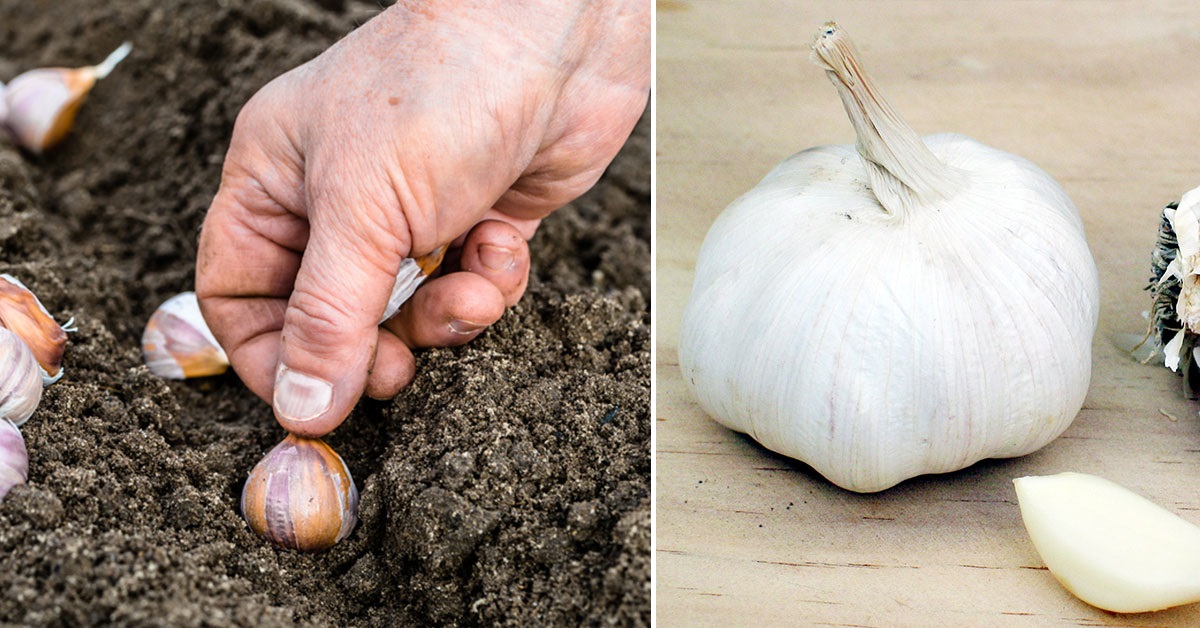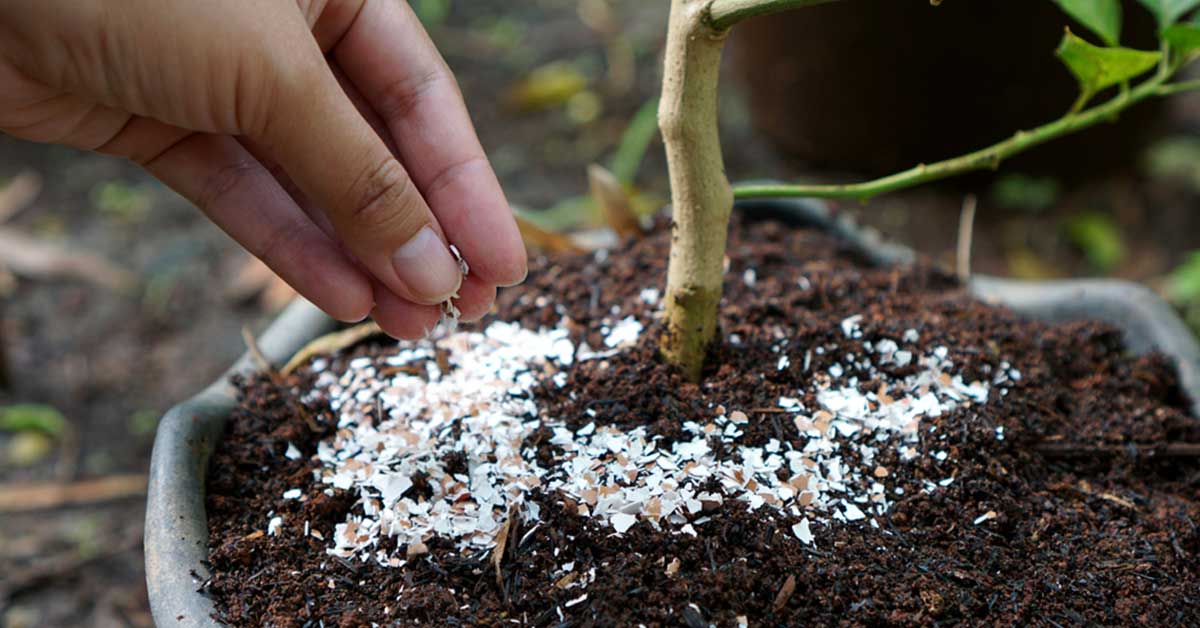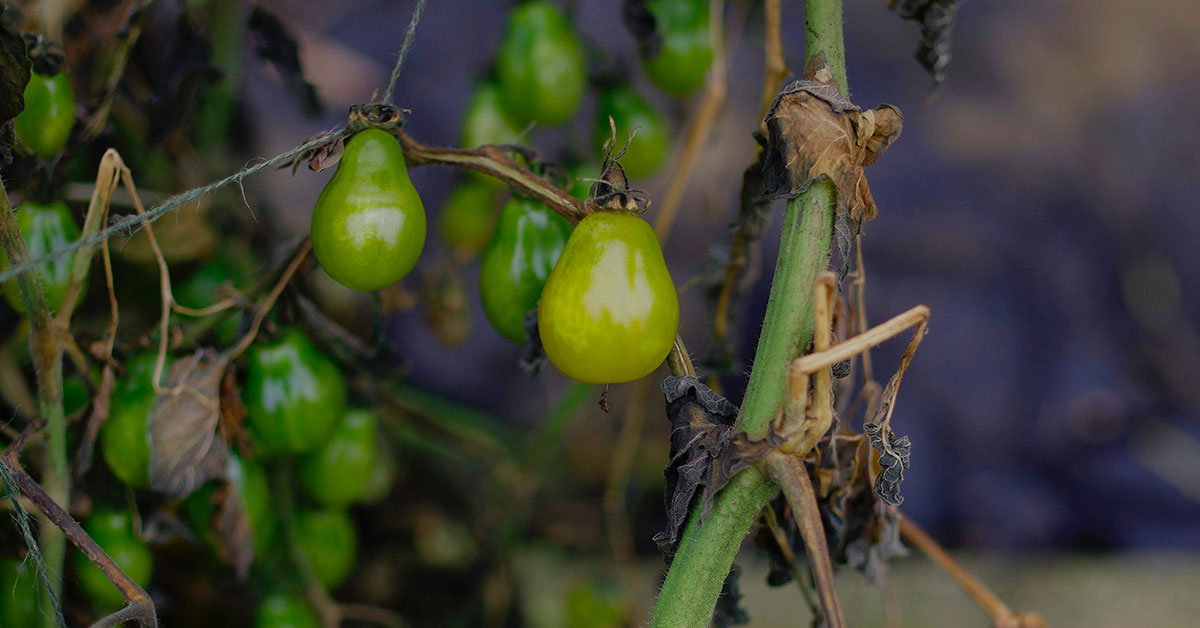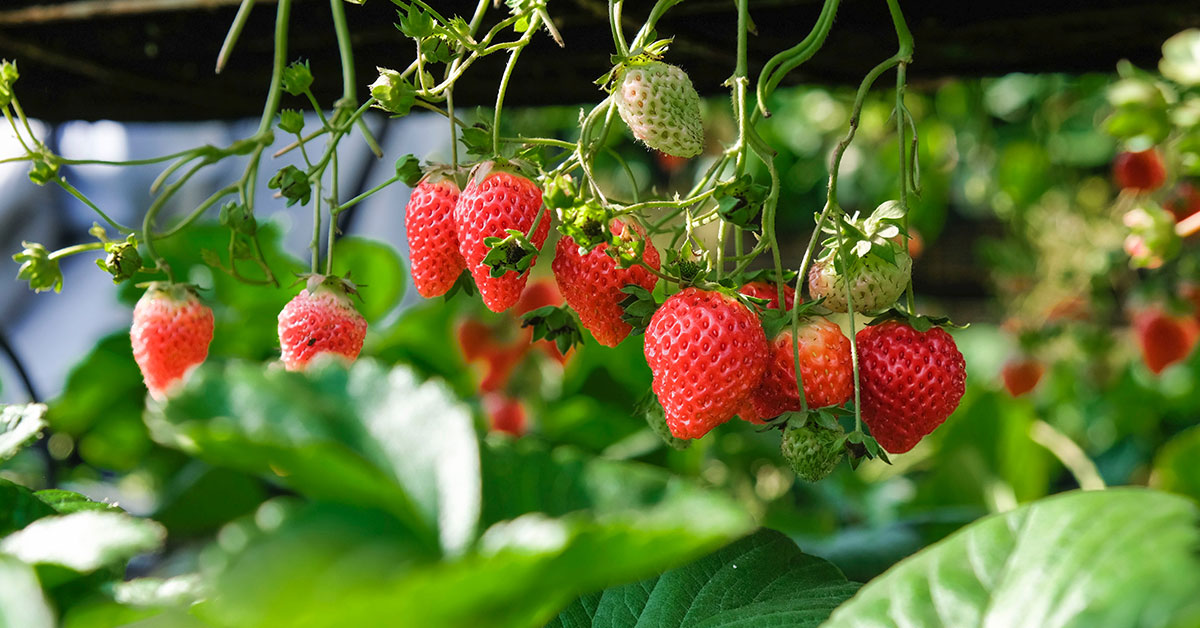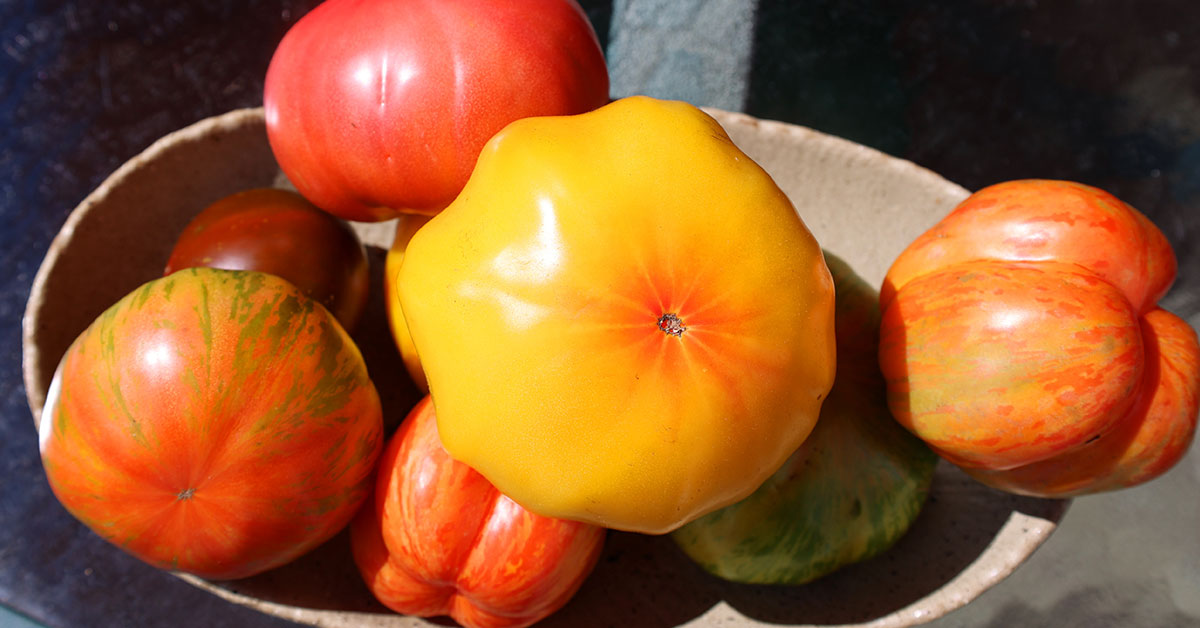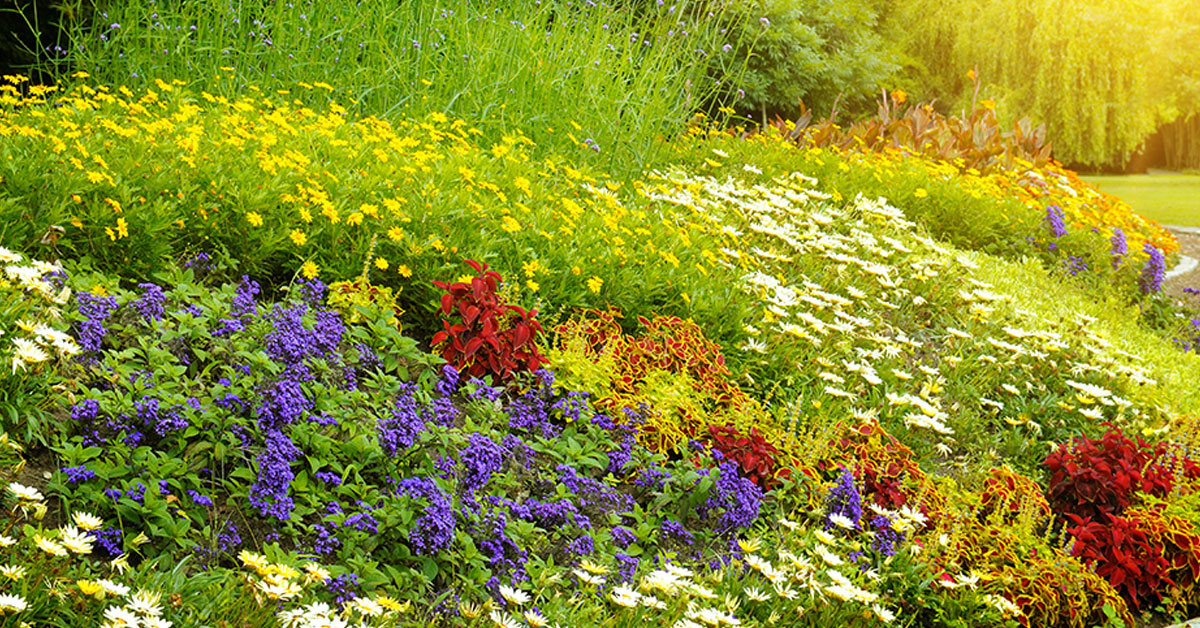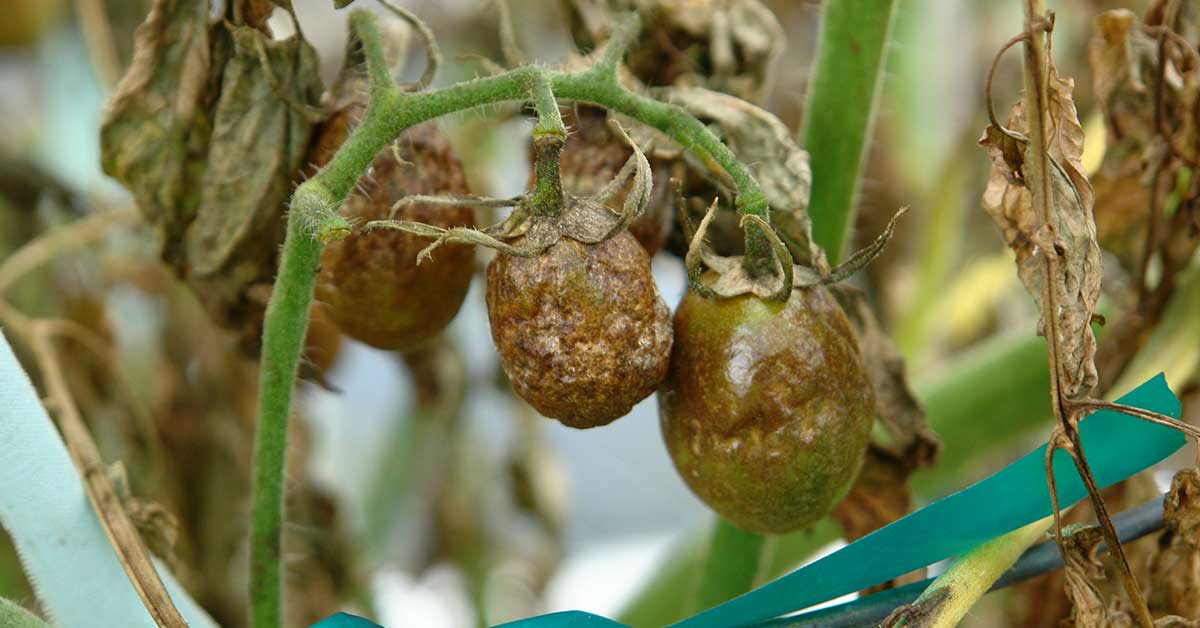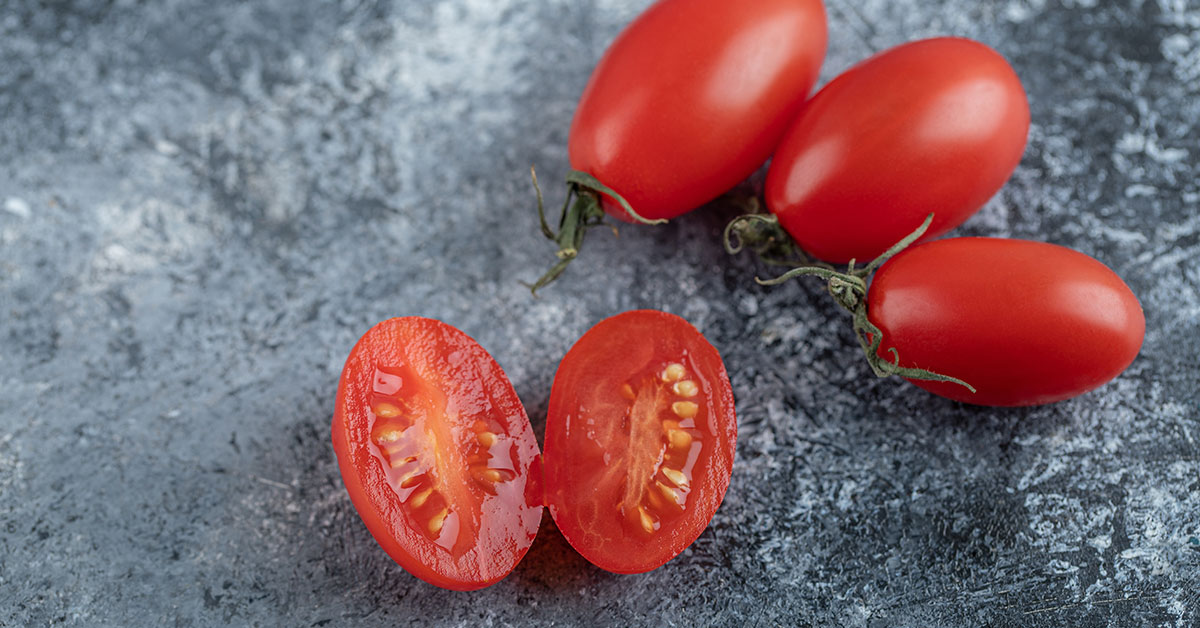Growing garlic can be incredibly rewarding! There’s nothing quite like the taste of fresh, homegrown garlic to enhance your cooking. Whether you’re a seasoned gardener or just starting, cultivating garlic is relatively easy and can yield a bountiful harvest if done right. The key to growing flavorful garlic lies in understanding its unique requirements and giving it the care it needs throughout its growth cycle.
In this article, I’m thrilled to share ten best practices for growing flavorful garlic. These tips cover everything from selecting the right varieties to proper planting techniques and pest management. By following these guidelines, you can enjoy a robust garlic harvest that will spice up your culinary creations. Let’s dive in and get started on growing great garlic!
Choose the Right Variety
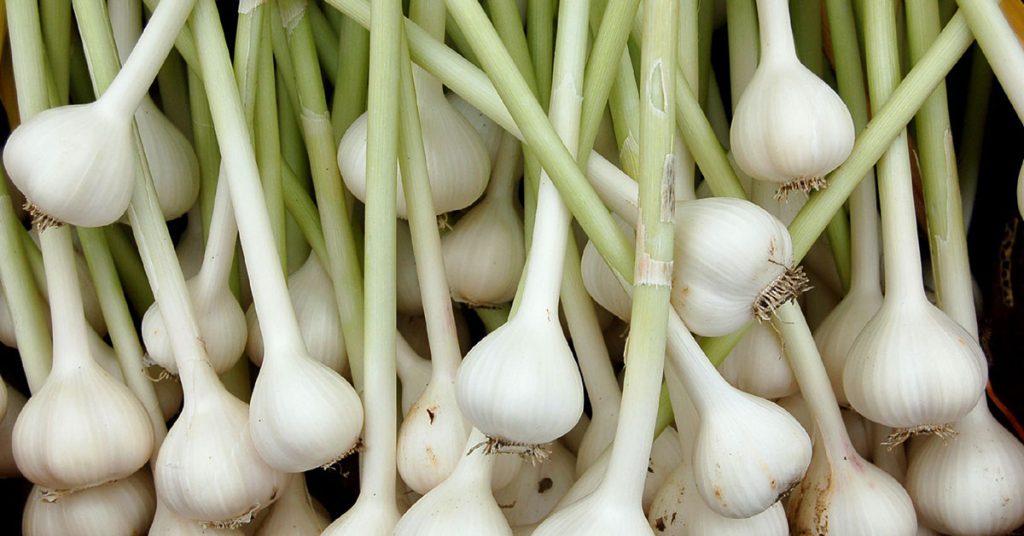
One of the first steps to growing flavorful garlic is choosing the right variety. There are two main types of garlic: softneck and hardneck. Softneck varieties are typically grown in milder climates and have a milder flavor, while hardneck varieties are better suited for colder climates and offer a more robust, complex flavor. Some popular hardneck varieties include ‘Rocambole’ and ‘Purple Stripe’, while softneck varieties like ‘Silverskin’ and ‘Artichoke’ are common in warmer regions.
Selecting a variety that is well-suited to your local climate will ensure that your garlic thrives and develops its full flavor potential. Local nurseries and seed catalogs often provide information on the best varieties for your area. Experimenting with different types can also be a fun way to discover new flavors and find the perfect garlic for your taste!
Prepare the Soil Properly
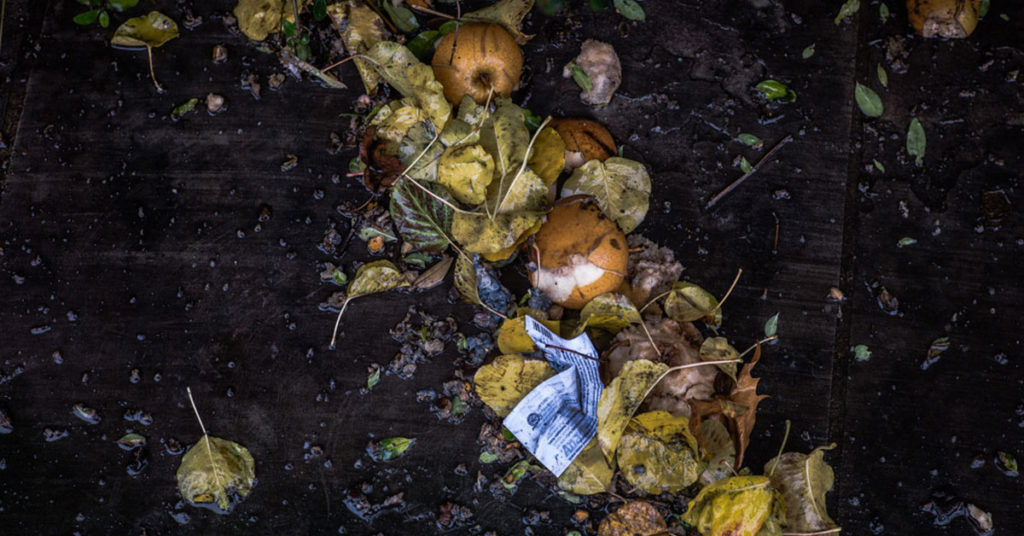
Garlic thrives in well-drained, fertile soil with a pH between 6.0 and 7.0. Preparing your soil properly before planting is crucial for a successful garlic crop. Start by loosening the soil to a depth of at least 12 inches and removing any rocks or debris. Adding plenty of organic matter, such as compost or well-rotted manure, will improve soil structure and fertility.
Garlic prefers soil that is rich in nutrients, so consider incorporating a balanced fertilizer or a mix of bone meal and blood meal into the soil before planting. Proper soil preparation ensures that your garlic has access to the nutrients it needs to grow strong and flavorful. One of my favorite parts of gardening is seeing how a little extra care in soil preparation can lead to a bountiful harvest!
Plant at the Right Time
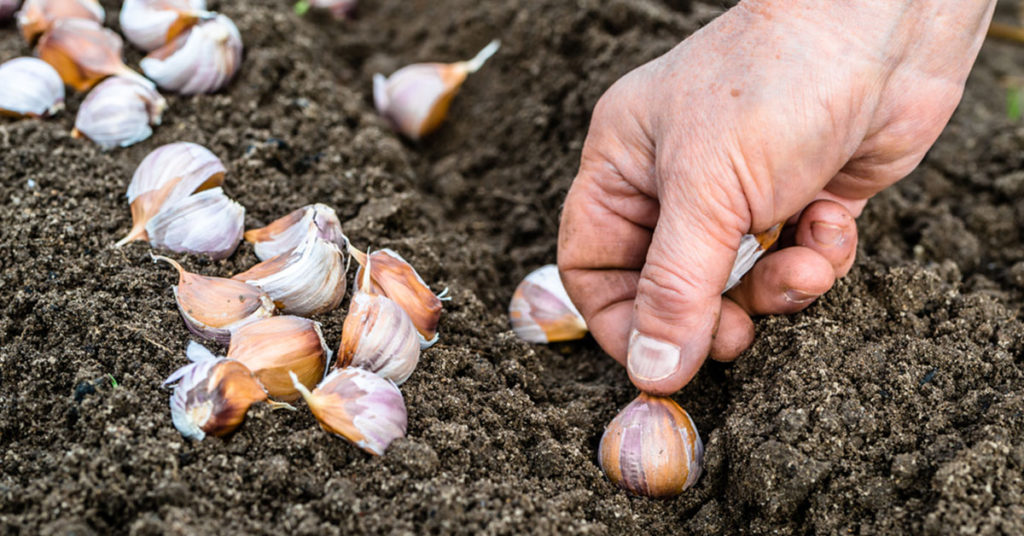
Timing is crucial when planting garlic. In most regions, garlic is planted in the fall, about 4-6 weeks before the ground freezes. This allows the cloves to establish roots before winter sets in. In mild climates, you can also plant garlic in the early spring. However, fall planting generally results in larger bulbs and better flavor.
Plant garlic cloves with the pointed end facing up, about 2 inches deep and 6 inches apart in rows that are 12 inches apart. Cover the cloves with soil and mulch with straw or leaves to protect them over the winter. Planting at the right time gives your garlic a strong start and helps it develop the deep, rich flavor we all love!
Water Wisely
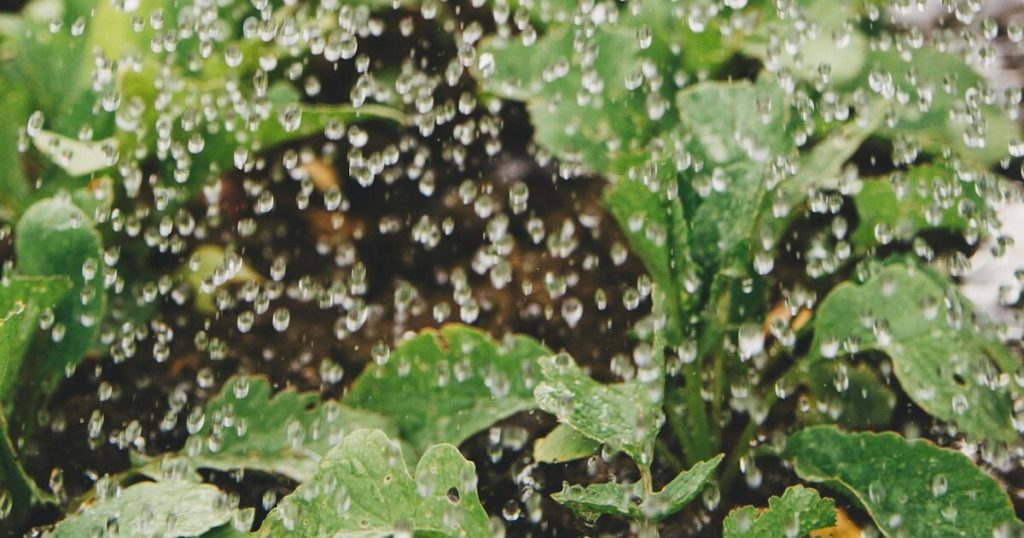
Garlic needs consistent moisture to grow well, especially during the early stages of development. However, overwatering can lead to rot and other issues. It’s important to strike the right balance and water your garlic wisely. After planting, water the garlic well to help the cloves establish roots. Continue to water regularly, keeping the soil evenly moist but not waterlogged.
As the garlic plants mature, reduce watering slightly to prevent rot. During the last few weeks before harvest, cut back on watering to allow the bulbs to cure and develop their full flavor. Using mulch can help retain soil moisture and reduce the need for frequent watering. Proper watering is key to healthy, flavorful garlic!
Fertilize Appropriately
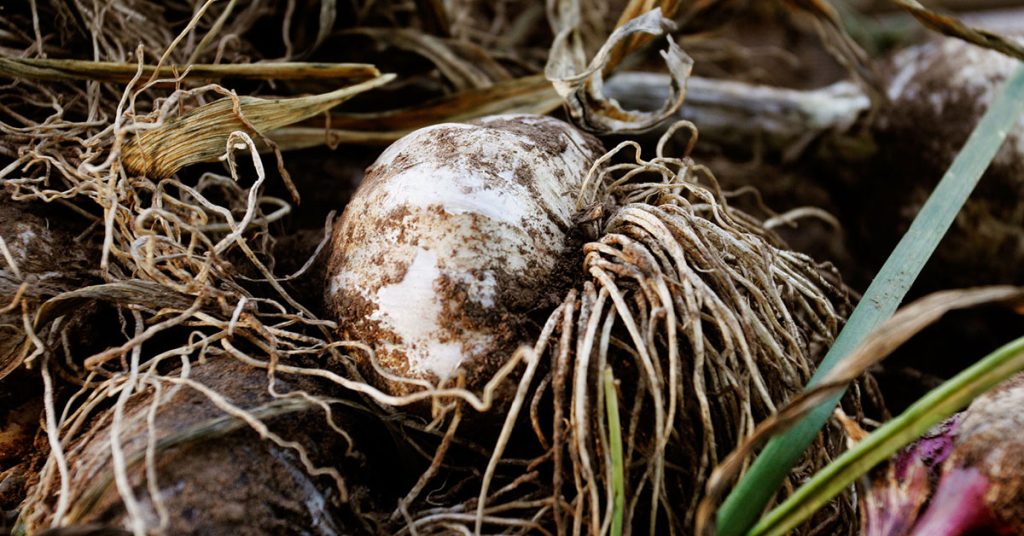
Feeding your garlic plants with the right nutrients at the right times can significantly enhance their growth and flavor. Garlic is a heavy feeder and benefits from regular fertilization. Apply a balanced fertilizer, such as a 10-10-10 blend, at planting time to provide essential nutrients for initial growth.
Throughout the growing season, you can side-dress the plants with compost or a high-nitrogen fertilizer to encourage robust leaf growth. However, avoid over-fertilizing, as this can lead to excessive foliage at the expense of bulb development. Fertilize again in the spring as new growth starts. Proper fertilization ensures that your garlic plants are well-nourished and capable of producing large, flavorful bulbs!
Control Weeds
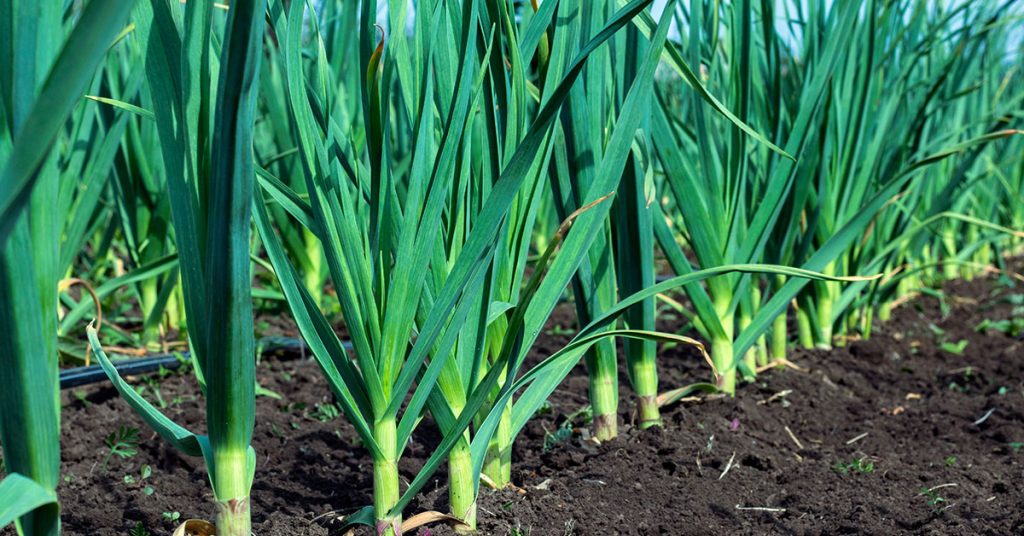
Weeds can compete with garlic for nutrients and water, so keeping your garlic bed weed-free is essential for a healthy crop. Mulching helps suppress weeds, but you’ll still need to monitor your garden and remove any weeds that do appear. Hand-weeding is usually the best method, as it allows you to carefully remove weeds without disturbing the garlic plants.
Be diligent about weed control throughout the growing season, especially in the early stages when garlic is most vulnerable to competition. Regular weeding not only helps your garlic grow better but also makes your garden look neat and well-maintained. Keeping your garlic bed weed-free ensures that your plants have the best chance to thrive and develop strong flavors!
Mulch for Protection
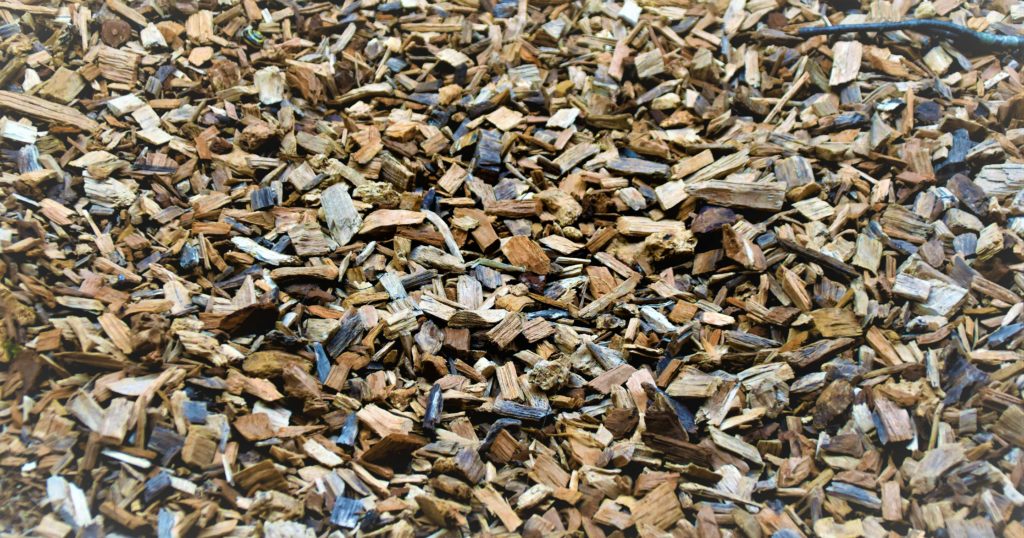
Mulching your garlic bed provides several benefits, including weed suppression, moisture retention, and temperature regulation. Apply a thick layer of organic mulch, such as straw, shredded leaves, or grass clippings, after planting. This helps protect the garlic cloves during the winter and keeps the soil moist and cool in the summer.
Mulching also helps prevent soil erosion and compaction, creating a better growing environment for your garlic. Be sure to replenish the mulch as needed throughout the growing season to maintain its effectiveness. One of my favorite gardening practices is mulching, as it simplifies garden maintenance and promotes healthy plant growth!
Monitor for Pests and Diseases
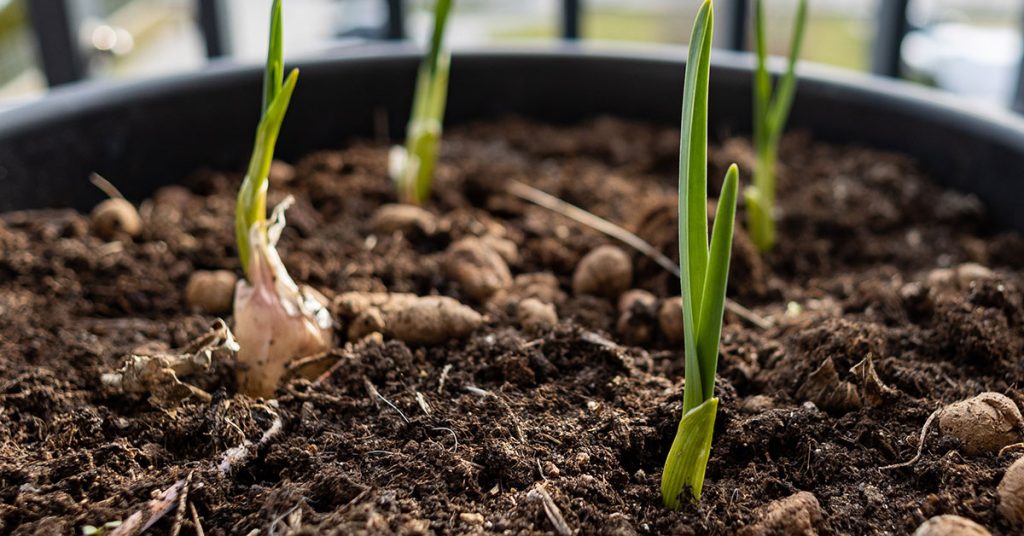
Garlic is relatively resistant to pests and diseases, but it’s still important to monitor your plants regularly. Common pests include onion thrips and nematodes, while diseases like white rot and downy mildew can affect garlic. Early detection and intervention are key to managing these issues effectively.
Inspect your garlic plants regularly for signs of pests or disease, such as discolored leaves, stunted growth, or unusual spots. Use organic pest control methods, such as neem oil or insecticidal soap, if necessary. Crop rotation and proper spacing can also help prevent disease outbreaks. Keeping a close eye on your garlic ensures that any problems are addressed promptly, leading to a healthier and more flavorful crop!
Harvest at the Right Time
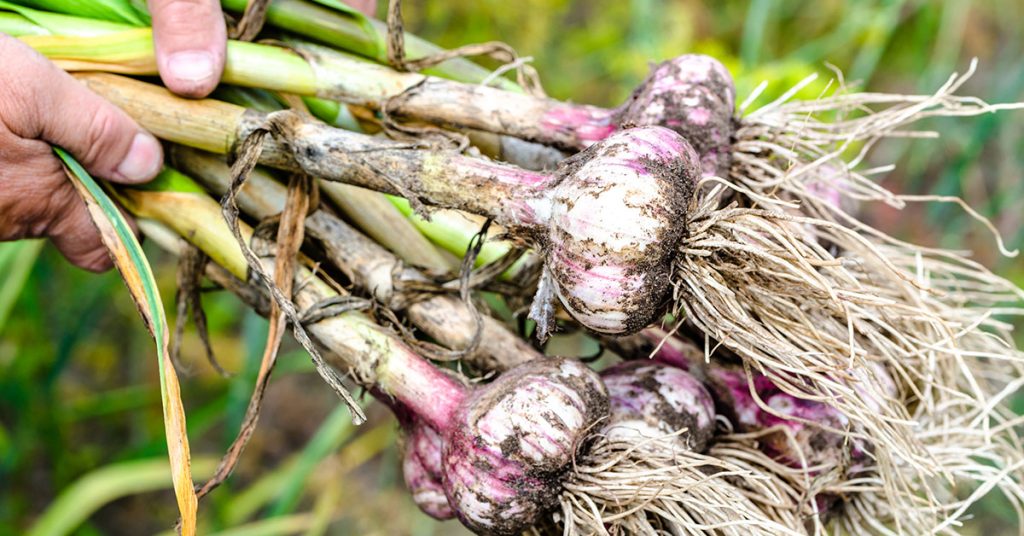
Knowing when to harvest your garlic is crucial for achieving the best flavor and storage quality. Garlic is typically ready to harvest when the lower leaves start to yellow and die back, while the upper leaves remain green. This usually occurs in mid to late summer, depending on the planting time and variety.
Gently dig up the bulbs with a garden fork, being careful not to damage them. Shake off excess soil and let the bulbs cure in a warm, dry, and well-ventilated area for 2-3 weeks. Proper curing allows the garlic to develop its full flavor and extend its shelf life. Harvesting at the right time ensures that your garlic is flavorful and ready for long-term storage!
Store Properly

Proper storage is essential to maintaining the flavor and quality of your garlic after harvest. Once the bulbs are fully cured, trim the roots and cut the stems to about an inch above the bulb. Store the garlic in a cool, dry, and well-ventilated place, such as a mesh bag or a wooden crate.
Avoid storing garlic in the refrigerator, as the cold temperatures can cause it to sprout prematurely. Properly stored garlic can last for several months, providing you with a steady supply of flavorful cloves. Storing your garlic correctly ensures that you can enjoy the fruits of your labor long after the growing season is over!
By following these best practices, you can grow healthy, flavorful garlic that enhances your cooking and provides numerous health benefits. Each tip contributes to creating the ideal growing conditions for garlic, ensuring a successful and bountiful harvest.
